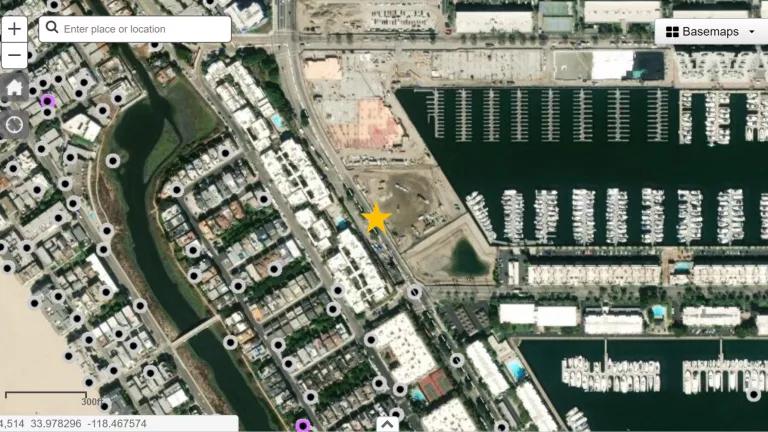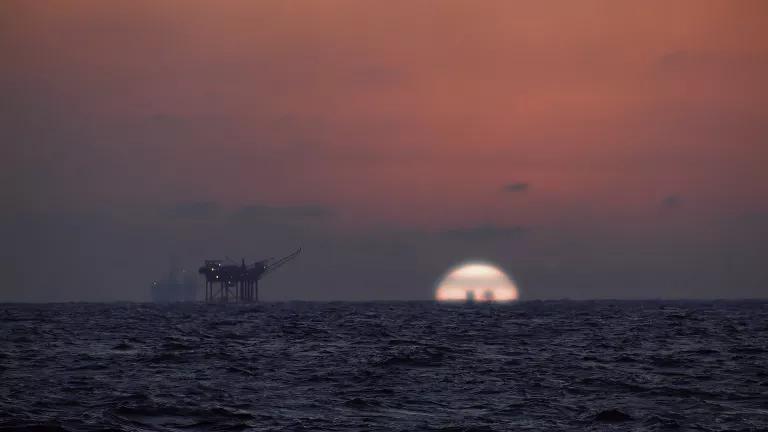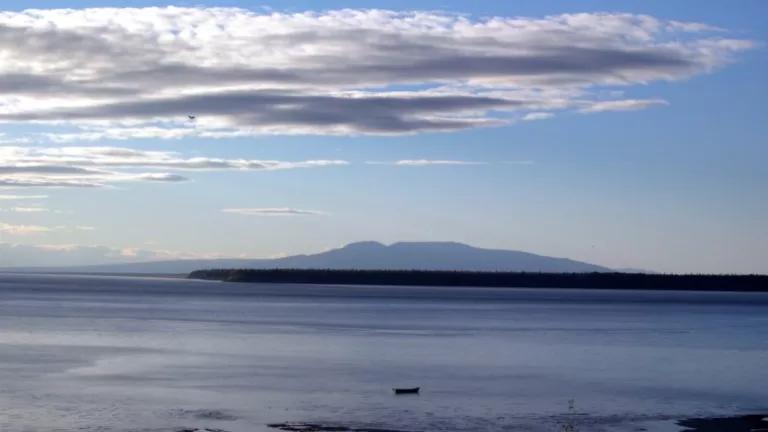
On the afternoon of January 11, a blowout occurred at an abandoned oil well in Marina del Rey, spraying fluids, including natural gas, about 60 feet into the air. State oil and gas officials noted in an emergency order that “[t]he well is in a dense urban area on the coast and any such release threatens damage to life, health, property, and natural resources.”
So the residents of that area, some of whom have homes as close as about 100 feet away from the well, are rightly wondering why no one in the government notified them about the blowout until a week later.
There’s plenty of blame to go around for the lapse, from fire, to oil and gas, to public health officials. But the lack of notification is especially troubling in light of the fact that at least one of these agencies—the state Division of Oil, Gas, and Geothermal Resources (DOGGR) – recently dealt with another dangerous blowout: the massive Aliso Canyon gas leak.
Among the serious concerns raised by the residents of Porter Ranch, where the Aliso Canyon field is located, was that officials failed to notify them of the leak as soon as it was discovered. When DOGGR overhauled its rules for gas storage, we and our partners pushed them to address this critical gap in their rules. Despite this, the new rules leave it up to the oil and gas industry to come up with their own plans for how to notify impacted communities—and even then, they only have to do so if the leak is “large, uncontrollable” and “cannot be controlled within 48 hours of discovery.”
Making matters worse, those rules only apply to gas storage projects. DOGGR doesn’t have any requirements to notify impacted communities of blowouts or other safety incidents when it comes to the hundreds of thousands of other oil and gas wells in the state.
California is home to some of the densest urban oil and gas drilling anywhere in the U.S., with homes, schools, parks, and beaches located in some cases just tens of feet from oil and gas wells. Nearly five and half million people in California live within one mile of an oil and gas well. It’s also home to more than 140,000 plugged and abandoned wells, like the one in Marina Del Rey.
People living near oil and gas operations have a right to know what’s happening in their communities. DOGGR and other responsible state and local agencies must commit themselves to full and swift transparency when problems occur.




